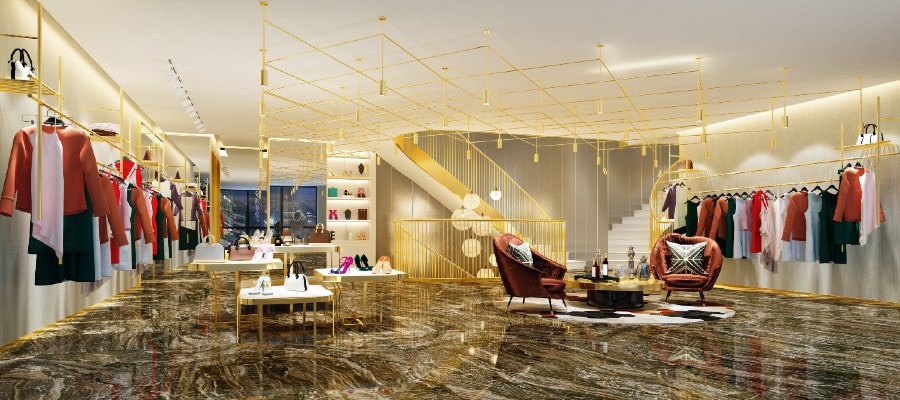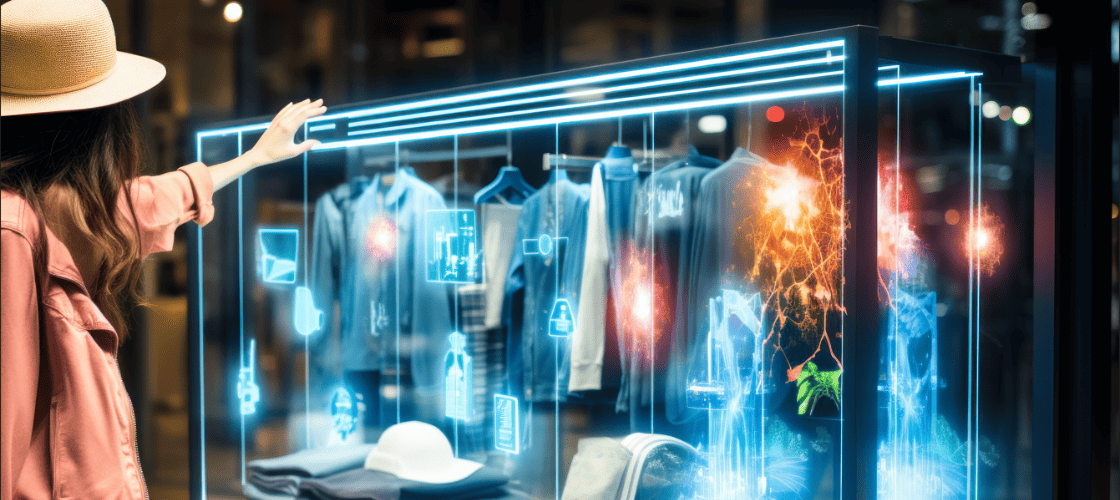Retail & Distribution
Clienteling: Solving the Personalization Riddle
27 July 2017
As seen on RIS News. Interview with Sylvain Jauze, International Operations Director, Cegid Group
Retailers are working diligently to build customer-centric enterprises designed to personalize the shopping experience for consumers. Armed with mountains of shopper data and next-gen analytic capabilities, tech-savvy retailers have more insight on the wants and needs of shoppers than ever before. But how can they best put that knowledge to use?
Q1: How can clienteling bridge the gap between digital and physical spaces?
While there’s no denying the power of online retailing, customers continue to shop in physical stores. However, the store is an area where there’s still a lot of friction. This is because the experience, in many cases, is still very analog compared to the online experience. Often, interactions are flat, mechanical, and transactional. Even if there’s a sales conversion, it doesn’t build a relationship. To overcome the declining value of the store, winning retailers are digitizing operations, bringing personalization and delivering physical experiences that replicate what shoppers find online (read story). In this context, clienteling acts as a catalyst in merging the online and offline shopping worlds, giving associates a consolidated view of customer’s attributes, preferences, buying history, and social feeds to engage in one-to-one relationships and anticipate shoppers’ needs.
Q2: Speaking of sales associates, their role in effectively engaging and caring for technology-savvy shoppers has diminished. What are retailers doing to increase associates’ capabilities?
Back in the day (only a decade ago!) when tablets were swallowed and not clicked, a good sales associate needed only a smile and an active index finger for pointing out store merchandise to deliver value. Today, that same associate must simultaneously serve as a brand ambassador, a resource center and a customer support representative, giving a decidedly human, non-technical face to your brand, just to keep pace with escalating customer demands. To make this possible, retailers are arming sales associates with guided selling technologies that recognize shoppers, share a wealth of content, and provide unique value. This allows them to help consumers cut through the noise to find the relevant information they need to make a smart purchase (read story).
“Retailers are arming sales associates with guided selling technologies that recognize shoppers, share a wealth of content, and provide unique value.”
Q3: What are some of the biggest challenges retailers face when implementing a successful (and appropriate) clienteling solution?
Retailers have a truncated view of their shoppers. In many cases, client data is scattered among various sources and isn’t readily accessible. This makes it difficult for associates to systematically track interactions, buying patterns and preferences to create a satisfying experience. To reap the benefits of clienteling and give sales associates access to a 360 degree customer view, retailers must unify their technology stack, including point of sale, ecommerce, mobile, CRM, loyalty, and social platforms. That said, our experience working with retailers shows that the biggest source of friction isn’t data or technology, but the organization’s siloed culture and the challenges of digital transformation. This is because people disruption is way harder to manage than digital disruption.
Q4: What elements must be in place for employee clienteling training to be successful?
A commitment to technology integration, good data management, a solid in-store infrastructure, and a well-thought-out plan are essential, but retailers can’t simply drop technology into the hands of their associates and expect to succeed. Training is crucial as associates will require proper guidance and ongoing coaching on both the technical and human interaction aspects of the clienteling approach. We’ve seen successful deployments that have transformed associates from product experts to brand ambassadors. Although challenging, retailers who invested in appropriate training and incentivization have seen a boost in customer satisfaction, brand loyalty and average order size.


